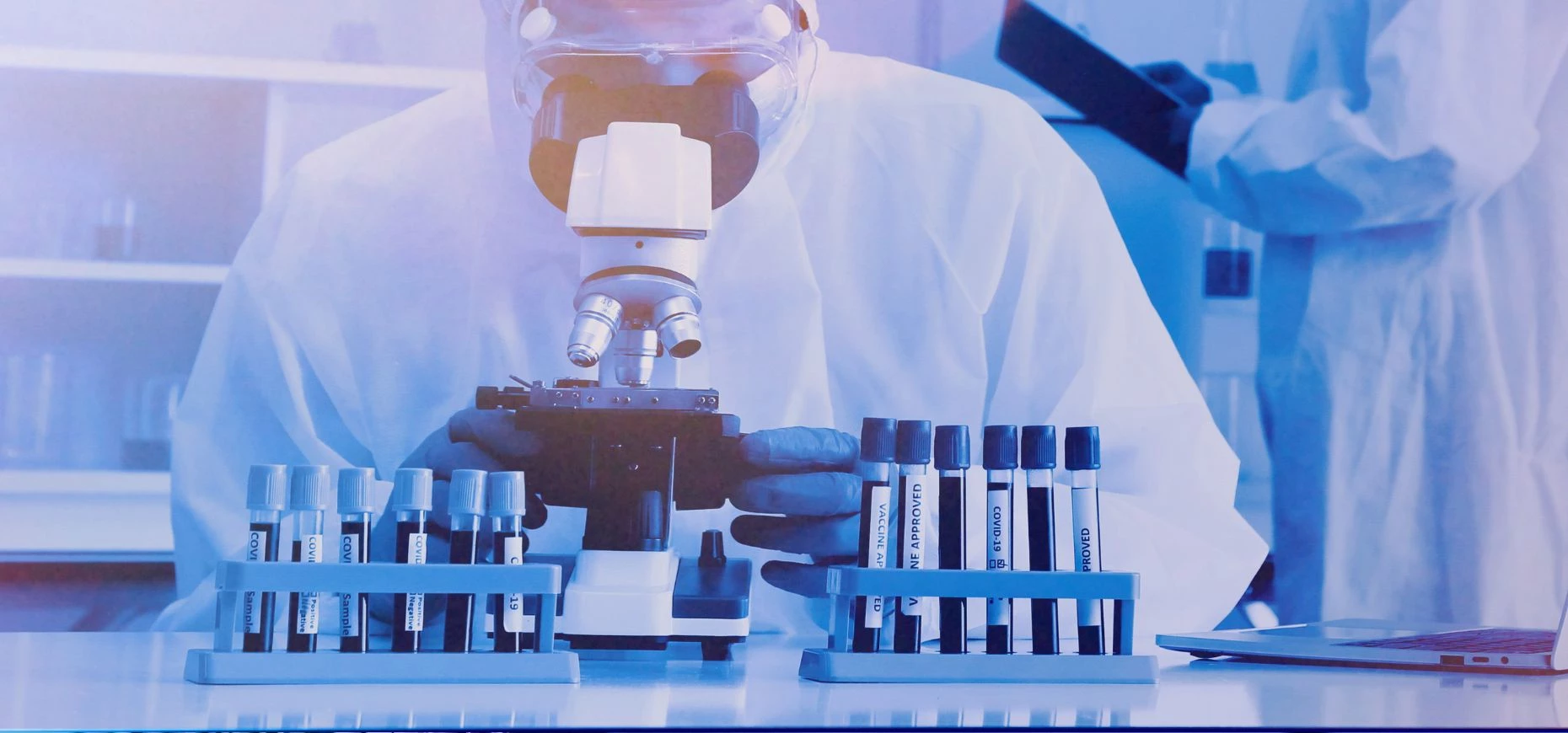
UK science facility that kickstarted Covid drug development granted £500m upgrade fund
A groundbreaking science facility which kickstarted the UK’s world leading Covid drug development and has advanced treatments of global health challenges from HIV to malaria and cancer will be upgraded and expanded through a more than £500m investment, Science and Technology Secretary Michelle Donelan has announced today (Wednesday 6 September).
Diamond Light Source in Harwell, Oxfordshire is the UK’s national synchrotron – essentially a giant microscope, which produces light 10 billion times brighter than the sun that is directed into laboratories called beamlines, where research takes place in virtually all fields of science from health to energy research.
It is 10,000 times more powerful than a traditional microscope and alongside groundbreaking health discoveries, has been crucial to studying a range of subject matter, including fragments of ancient paintings and fossils, while finding solutions to extending the life of machinery such as engines and turbine blades.
The Secretary of State visited Diamond yesterday (5 September), based at the Science and Technology Facilities Council (STFC) Rutherford Appleton Laboratory, to announce £519m of funding for the Diamond-II upgrade, provided by the Government, through UKRI (STFC), and the Wellcome Trust.
The new 4th generation synchrotron will support Diamond’s ever-growing userbase of researchers while maintaining the UK’s reputation as a world leader in cutting edge science.
Science, innovation and technology secretary, Michelle Donelan, said: “Our investment will ensure one of the most pioneering scientific facilities in the world continues to advance discoveries that transform our health and prosperity, while creating jobs, growing the UK economy and ensuring our country remains a scientific powerhouse.”
The upgrade is expected to conclude in 2030 and will involve construction of a new, even brighter synchrotron machine, with new flagship beamlines and critical beamline upgrades.
This is expected to, among many other capabilities, accelerate drug development, offer real-time insights that will further advanced manufacturing and enable further study into improving the performance of next-generation batteries.
Chief research programmes officer at Wellcome, Cheryl Moore, said: “Diamond Light Source is an example of how investment in critical research infrastructure leads to scientific innovation.
“We are pleased to see the UK Government invest in this outstanding research facility, reaffirming the UK’s role as a world leader in science and technology. Wellcome has been a proud supporter of Diamond Light Source since its formation and we’re delighted to continue this partnership, ensuring researchers have the resources needed to transform our understanding of life, health and wellbeing.”
Exchequer secretary Gareth Davies said: “We have the largest life sciences sector in Europe, producing a Covid vaccine that saved six million lives this pioneering piece of technology is a key part of that success. This is a sector that will continue to receive our backing driving discovery, creating good jobs and helping grow the UK economy.”
Diamond’s research facility is currently growing, hosting over 220 UK-based companies and more than 14,000 scientists have used it since operations began in 2007. Its economic and social impacts are estimated to be worth at least £2.6bn, showing a significant return on the £1.4bn public investment to date. Patents citing Diamond publications are collectively valued over £10bn.
By Mark Adair – Correspondent, Bdaily
- Add me on LinkedIn and Twitter to keep up to date
- And follow Bdaily on Facebook, Twitter and LinkedIn
- Submit press releases to editor@bdaily.co.uk for consideration.
Looking to promote your product/service to SME businesses in your region? Find out how Bdaily can help →
Enjoy the read? Get Bdaily delivered.
Sign up to receive our popular morning National email for free.






 A legacy in stone and spirit
A legacy in stone and spirit
 Shaping the future: Your guide to planning reforms
Shaping the future: Your guide to planning reforms
 The future direction of expert witness services
The future direction of expert witness services
 Getting people into gear for a workplace return
Getting people into gear for a workplace return
 What to expect in the Spring Statement
What to expect in the Spring Statement
 Sunderland leading way in UK office supply market
Sunderland leading way in UK office supply market
 Key construction developments in 2025
Key construction developments in 2025
 Mediation must be part of planning process
Mediation must be part of planning process
 From apprentice to chief financial officer
From apprentice to chief financial officer
 Don't stifle growth with apprenticeship cuts
Don't stifle growth with apprenticeship cuts
 The start-up landscape: What lies ahead in 2025
The start-up landscape: What lies ahead in 2025
 JATCO adds welcome drive to automotive sector
JATCO adds welcome drive to automotive sector